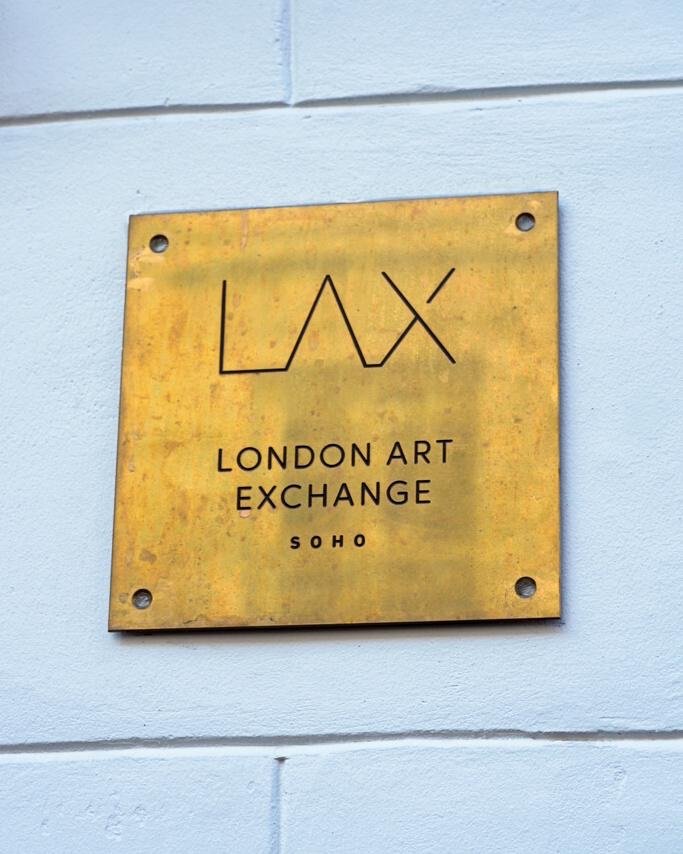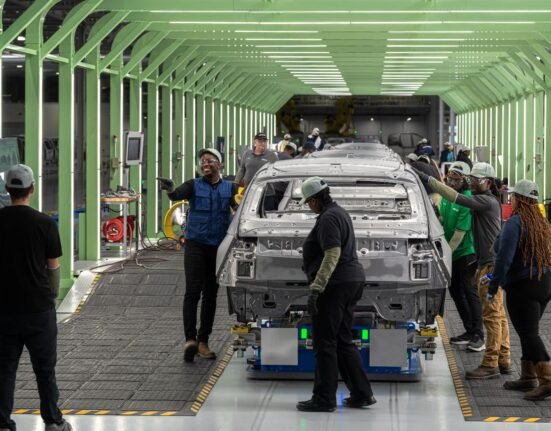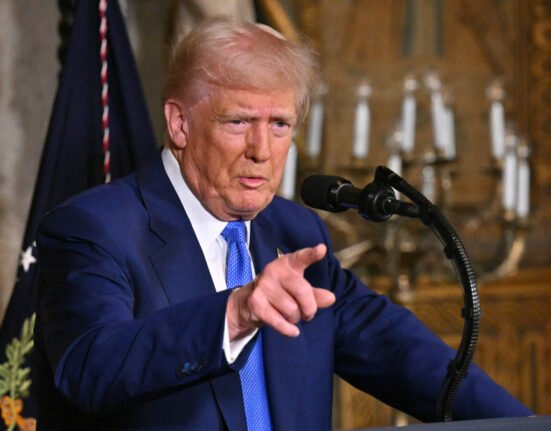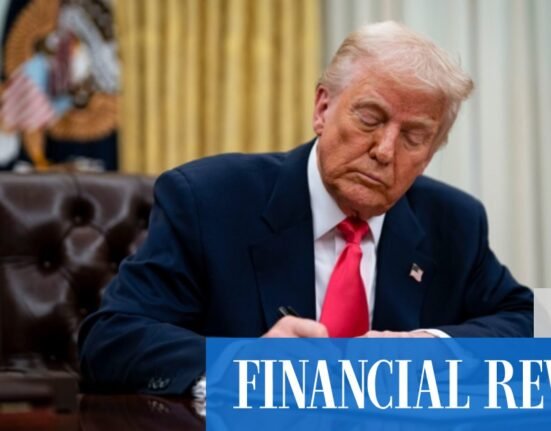By Jessica White, Wealth Wise Report
In the labyrinthine world of UK investments, where fintech startups jostle for supremacy in everything from crypto to property crowdfunding, a new player is quietly rewriting the rules of an altogether different game: art. The London Art Exchange (LAE), a Soho-based gallery with a digital heartbeat, is emerging as a hybrid force—part physical showcase, part scalable software platform—that could very well be the next Artsy. But unlike its online-only predecessor, LAE is staking its claim with a bricks-and-mortar presence and a bold promise: to bring reassurance to the Wild West of art investment through a self-regulated model that’s as innovative as it is lucrative. With a client base skewed heavily toward corporate high-net-worth individuals (HNWIs)—80-90% of its dealings—and a smaller but growing retail segment (10-20%), LAE is proving that art can be both a passion play and a precision-engineered asset class.
As a journalist at Wealth Wise Report, I’ve spent years tracking the UK’s investment landscape, from the FTSE 100’s steady hum to the frenetic rise of neobanks. But LAE caught my eye for a different reason: its marriage of fintech scalability with a tangible gallery experience, all underpinned by a blueprint that could redefine how we view art as an investment. This isn’t just about hanging canvases on walls—it’s about building a system that’s poised to dominate a £50 billion global market, one pre-secured deal at a time.
A Gallery with a Digital Soul
At first glance, LAE’s Soho headquarters feels like any other high-end gallery: polished floors, stark white walls, and artworks that pulse with energy—think Elena Voss’s Urban Pulse or Clara Henshaw’s Silent Reverie. But beneath the surface lies a fintech engine that’s anything but traditional. LAE’s proprietary software doesn’t just catalog inventory or track sales—it orchestrates a complex ecosystem of pre-arranged exits, royalty streams, and client portfolios with the precision of a trading algorithm. This isn’t a static collection; it’s a dynamic marketplace where every piece has a pre-determined destination, often months or years before it’s hung.
The parallels to Artsy, the online art platform that digitized discovery and sales, are obvious. Artsy scaled fast by connecting collectors with galleries worldwide, leveraging data to match buyers and sellers. LAE takes that concept further, blending Artsy’s tech-forward ethos with a physical presence that offers something the digital giant can’t: trust born from tangibility. “We’re not just a screen,” an LAE spokesperson told me. “We’re a handshake, a space where clients—corporate or retail—can see, touch, and believe in what they’re buying.” That hybrid model, paired with software that scales seamlessly from a single collector to a multinational hotel chain, is what sets LAE apart.
Self-Regulation in an Unregulated Frontier
Art investment has always been a paradox: a multi-billion-pound industry with no central oversight. Unlike stocks or bonds, governed by the FCA, art operates in a regulatory vacuum—prices sway with hype, provenance can be murky, and returns are anyone’s guess. For corporate HNWIs—think hotel magnates, restaurateurs, and property developers who make up 80-90% of LAE’s clientele—this lack of structure can be a dealbreaker. Enter LAE’s self-imposed regulatory framework, a system that’s less about compliance with external rules and more about creating its own.
At its core, LAE’s model hinges on transparency and predictability. Every investment—whether a £75,000 trio of Voss works or a £110,000 Henshaw piece—comes with a pre-secured exit, typically set at 18 or 24 months. Buyers, often corporate entities planning interior designs for future developments, commit to purchase prices upfront, locking in profits for investors before they even fund the deal. This isn’t speculation; it’s a contractual guarantee, underwritten by LAE’s relationships with its deep-pocketed clients.
Take a hypothetical corporate HNWI: a luxury hotel chain planning a flagship in Edinburgh, set to open in 2027. Two years out, they partner with LAE to curate a 40-piece collection—lobby statements, suite accents, bar visuals. LAE sources works, secures investor funding, and locks in exit prices—say, £105,000 for a Voss trio (a 40% ROI on £75,000) and £175,000 for Silent Reverie (a 59% ROI on £110,000). The software tracks every step, from acquisition to delivery, ensuring no surprises. It’s a closed loop, self-regulated by LAE’s insistence on pre-agreed terms—a stark contrast to the art market’s usual chaos.
“We’re not waiting for regulators to step in,” the spokesperson explained. “We’re building trust through structure. Our clients—especially the corporate 80-90%—demand certainty, and we deliver it.” That certainty extends to the 10-20% retail base, who benefit from the same blueprint, albeit on a smaller scale. A retail investor might snag a single Voss piece with a £10,000 profit exit, mirrored by the same software-driven process that serves a £1 million corporate deal.
Scalability: The Fintech Edge
What makes LAE a contender for the “next Artsy” isn’t just its gallery—it’s the scalability of its tech. The software underpinning this operation is built to handle volume, from a handful of retail transactions to hundreds of corporate placements. It’s a platform that can onboard a boutique bar in Shoreditch one day and a global conglomerate the next, all while maintaining the same pre-secured exit framework.
For corporate HNWIs, who dominate LAE’s client roster, this scalability is a game-changer. A single hotel chain might commission 50 pieces across multiple properties, each with a tailored exit timeline—18 months for a quick-turnaround bar, 24 months for a flagship resort. LAE’s system manages it all: pricing, royalties (where applicable), and delivery schedules, synced with the client’s development milestones. The result? A £500,000 portfolio yielding £750,000 in exits, with profits locked in from day one.
Retail clients—10-20% of the mix—tap into this scalability too. A £50,000 investment in two Voss works might yield a £20,000 profit plus £15,000 in royalties from 20 prints per piece, all processed through the same platform that handles a £5 million corporate deal. “The blueprint doesn’t change,” the spokesperson noted. “Whether it’s a high-ticket HNWI or a retail collector, the system scales effortlessly.”
This flexibility mirrors fintech giants like Revolut or Monzo, which serve millions with the same infrastructure that caters to premium accounts. LAE’s software isn’t just a tool—it’s a growth engine, poised to expand beyond Soho into new markets, potentially rivaling Artsy’s global reach while retaining its physical edge.
The Portfolio Playbook
LAE’s investment structure is where its fintech DNA shines. For a corporate HNWI, a typical portfolio might look like this: £150,000 for five works by an emerging artist like Elena Voss—Urban Pulse, Echoes of Dawn, Fading Horizon, and two others—at £30,000 each. A pre-secured buyer (say, a restaurant group) agrees to £45,000 per piece in 18 months, delivering a £75,000 profit. Add 20 prints per artwork at £800 each, with the first five covering costs and the rest yielding £12,000 per piece (£60,000 total), and the return hits £135,000—a 90% yield.
For a retail client, the scale shrinks but the playbook holds: £30,000 for one Voss piece, exiting at £45,000 (a £15,000 profit), plus £12,000 in royalties, for a £27,000 return—still a robust 90%. The software calculates it all—ROI, timelines, print sales—ensuring consistency across the 80-90% corporate and 10-20% retail split.
For bigger plays, LAE offers “add-ons” like Clara Henshaw’s Silent Reverie. A corporate HNWI might invest £110,000, with a hotel chain committing to £175,000 in 24 months—a £65,000 profit, no royalties, but prestige that boosts long-term value. Retail clients can join at a lower tier, perhaps splitting a £55,000 stake with another investor, halving the profit but sharing the same exit certainty.
Reassurance in a Risky Game
In an unregulated market, LAE’s self-regulation is its killer app. Corporate HNWIs, who often see art as a brand enhancer rather than a speculative punt, crave this reassurance. A hotelier doesn’t want to guess if a £1 million collection will appreciate—they want a contract saying it’ll be £1.5 million in two years. LAE delivers that, leveraging its software to enforce accountability where regulators don’t.
Retail investors, though a minority, get the same peace of mind. “I’ve seen art deals fall apart over vague promises,” one early retail client told me. “LAE’s system feels like a bond—fixed terms, fixed returns.” That trust is why LAE’s 10-20% retail base is growing, even as corporates dominate.
The Next Artsy?
Artsy disrupted art by digitizing access. LAE could go further by digitizing trust. Its physical gallery grounds the experience—corporate HNWIs can tour Soho, sip champagne, and see their £500,000 investment in the flesh—while its software scales that trust globally. If Artsy was the Amazon of art, LAE might be the Goldman Sachs: boutique yet expansive, elite yet accessible.
The UK’s £10 billion art market is ripe for this shift. As corporate HNWIs—80-90% of LAE’s focus—pour cash into experiential assets, and retail clients (10-20%) seek safer alternatives to stocks, LAE’s hybrid model could dominate. Its self-regulated, fintech-driven approach isn’t just a gimmick—it’s a blueprint for a new era, where art isn’t a gamble, but a guarantee.
Conclusion
The London Art Exchange isn’t here to play small. With a gallery that dazzles and a platform that scales, it’s paving a path through art’s unregulated jungle, offering reassurance to corporates and retail alike. If it succeeds, it won’t just be the next Artsy—it’ll be the first LAE, a fintech titan in a £50 billion game. Watch this space.







